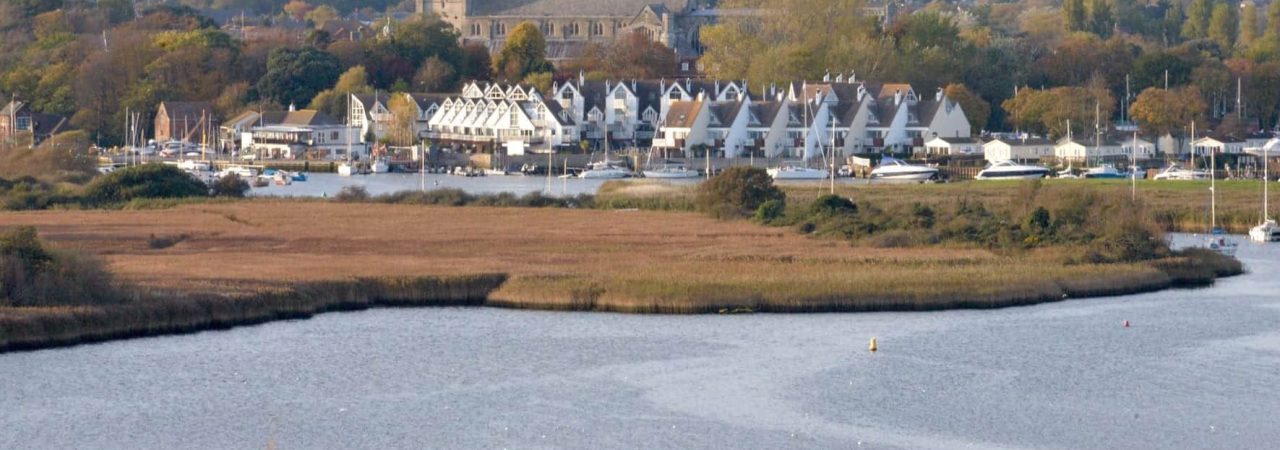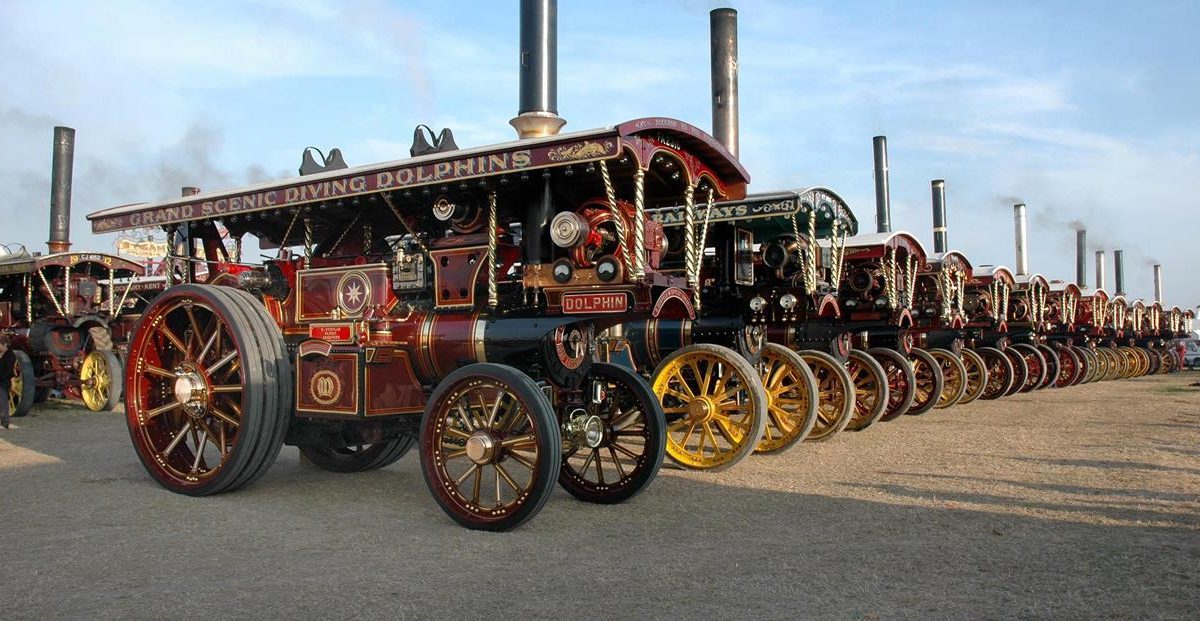
Hidden Historical Sites in Dorset
Dorset is full of history, but not all of it is in the guidebooks. Beyond the crowds at Durdle Door and Corfe Castle, there’s a quieter side to the county, where centuries-old stories wait in tucked-away corners of coast and countryside.
We’re shining a light on hidden historical sites in Dorset worth visiting. From remote hillforts to little-known chapels, these places offer a glimpse into the past without the crowds. Ready to explore? Let’s go off the beaten path.
Why Does Dorset Hide So Many Historical Treasures?
Dorset has been home to people for thousands of years. Each era left its mark – sometimes building over the past, sometimes beside it. Roman towns rose over Iron Age sites. Medieval churches appeared in places once sacred to earlier religions. Even Victorian writers drew inspiration from ancient ruins.
Many of these places survived because they were out of the way. Others were simply forgotten. Today, they offer a quiet reminder of the past, waiting to be discovered by those who look beyond the usual tourist spots of the Jurassic Coast.
What Ancient Mysteries Can You Discover at Knowlton Church and Rings?
Near Wimborne, Knowlton Church and Rings is a fascinating hidden site. Here, the ruins of a 12th-century church sit right in the middle of a 5,000-year-old Neolithic henge. The church was built intentionally within this ancient earth circle, a powerful symbol of the shifting beliefs from pagan to Christian.
Stories of strange lights and eerie sounds have surrounded the site for years. Paranormal or not, the setting is unforgettable. Mist curling over the fields, the quiet of the countryside, and the weight of history all create a hauntingly peaceful place to explore. It’s free to visit and usually quiet, making it ideal if you’re after a moment of calm or curiosity.
Book your next stay with us today at www.shortstayhomes.co.uk.
To view our current latest offers on our properties in the New Forest, Dorset, Salisbury and Devon, click here.

Which Iron Age Hillforts Rival Maiden Castle?
While Maiden Castle near Dorchester attracts the most attention as Europe’s largest Iron Age hillfort, several equally impressive sites receive fewer visitors:
Hambledon Hill
This spectacular hillfort north of Blandford Forum offers views across three counties. Its double ramparts once protected a community 2,500 years ago. Archaeological excavations revealed evidence of violent conflict, including sling stones and human remains bearing battle wounds.
Eggardon Hillfort
Perched 250 metres above sea level, Eggardon provides panoramic views of the Dorset coastline and countryside. The three massive ramparts remain remarkably intact, and on clear days you can see Portland Bill and the Purbeck hills.
Badbury Rings
This atmospheric hillfort near Wimborne features three concentric rings of ramparts topped with ancient beech trees. Legend claims King Arthur fought his greatest battle here. The site offers excellent walking trails and serves as home to multiple species of butterflies.
Where Can You Walk in Roman Footsteps?
Dorchester hides an extraordinary secret beneath its modern streets. The Roman Town House is a fully excavated example of its kind in Britain. Discovered during building work in 1937, this beautifully preserved villa showcases intricate mosaics, underfloor heating systems, and painted wall plaster.
The site tells the story of comfortable Roman life in ancient Durnovaria (Roman Dorchester). Interactive displays help bring the past to life, showing how wealthy Romans lived 1,700 years ago.
What Makes Tyneham Village So Hauntingly Beautiful?
The ghost village of Tyneham near the Purbeck coast offers a unique glimpse into wartime Britain. In 1943, the War Office evacuated all 225 residents, promising they could return after the conflict ended. That promise was never kept.
Now, the village remains frozen in time. Crumbling cottages line quiet lanes. The school still has lessons on the blackboard. The church is open to visitors, filled with heartfelt displays about the people who once lived there.
Note: Tyneham isn’t always open. It depends on military training schedules. But when it is, the experience is unforgettable. Peaceful, moving, and surrounded by scenic walks with views of Lulworth Cove and the coastline, it’s a place that lingers with you.
Which Medieval Ruins Tell the Most Dramatic Stories?
Looking for medieval ruins with real stories to tell? Dorset has more than its fair share. From Norman strongholds to Civil War battlegrounds, these sites offer drama, history, and stunning views. Here are two standout ruins where the past still lingers in every stone.
Christchurch Castle
Often overlooked by visitors heading to Bournemouth’s beaches, Christchurch Castle’s remaining walls represent fine Norman domestic architecture. The constable’s house, built around 1160, survives almost intact. Climb the mound for views across Christchurch Priory and the harbour beyond.
Sherborne Old Castle
Sir Walter Raleigh fell in love with this romantic ruin and tried desperately to make it habitable before building his new castle next door. The dramatic gatehouse and southwest tower survived two Civil War sieges. The grounds provide perfect picnic spots, especially in spring when bluebells carpet the area.
Where Will You Discover Dorset’s Hidden History?
These sites represent just a fraction of Dorset’s historical treasures waiting to be explored. From prehistoric monuments to abandoned villages, each location offers a unique story and atmosphere.
Short Stay Homes provides the perfect base for your historical adventures. Our comfortable holiday homes throughout Dorset put you within easy reach of famous landmarks and hidden attractions. After a day exploring ancient hillforts or mysterious stone circles, you’ll appreciate returning to modern comforts and perhaps a relaxing hot tub under the stars. Ready to uncover Dorset’s secrets? Contact us and start planning your journey through 5,000 years of history.


